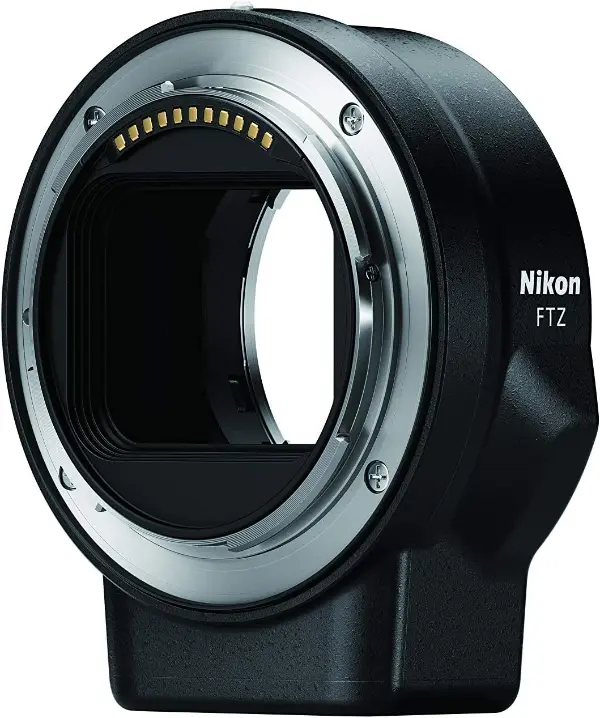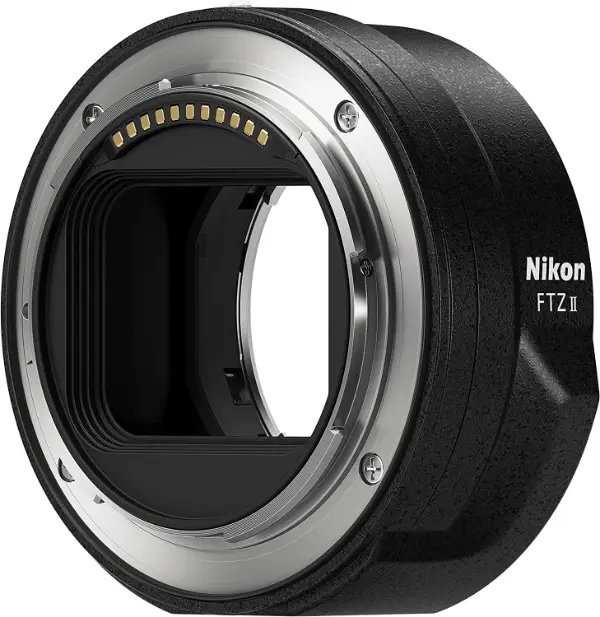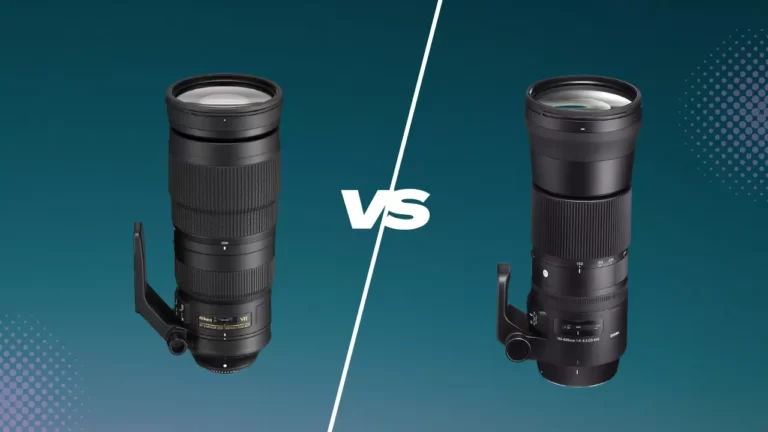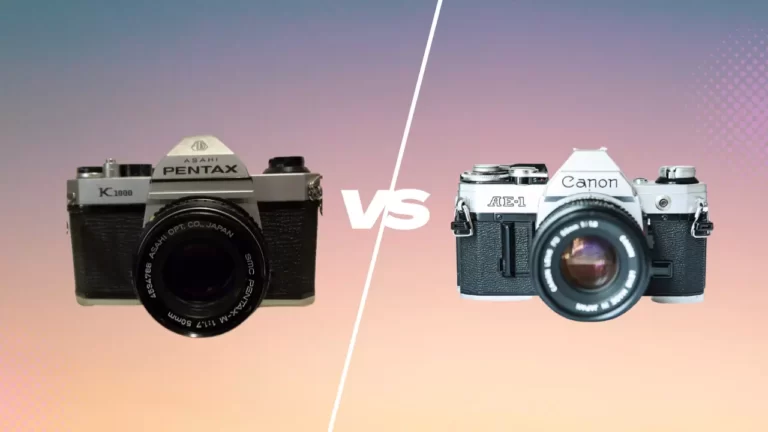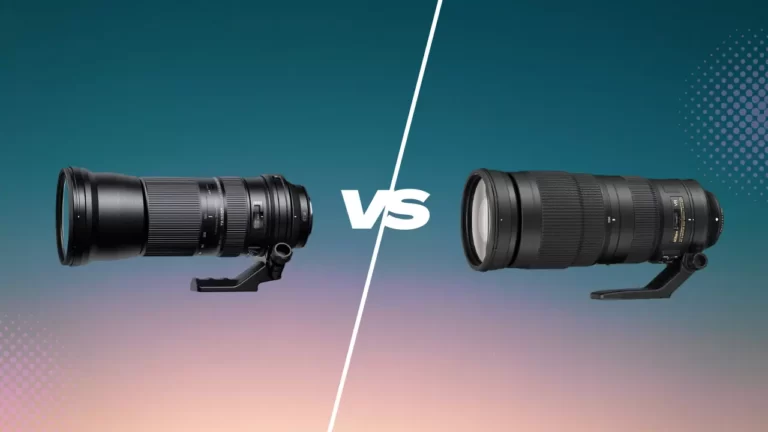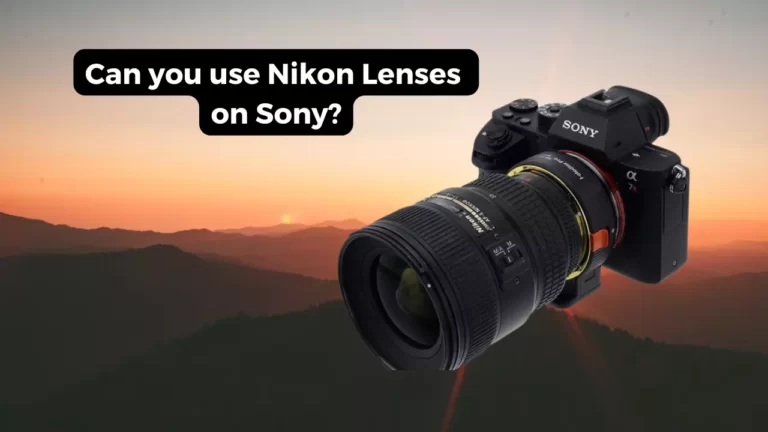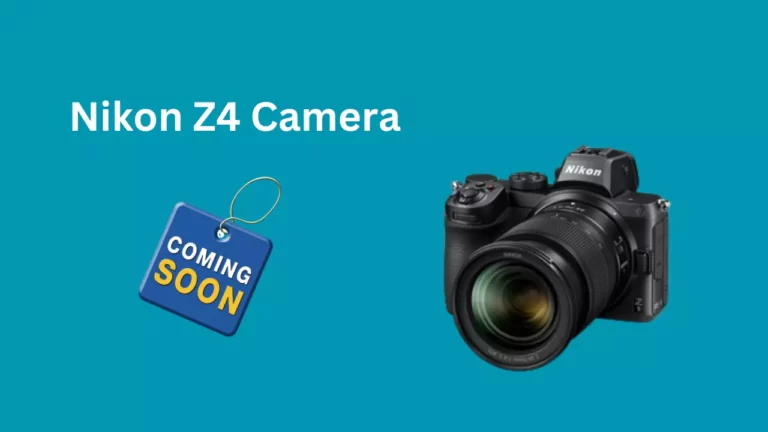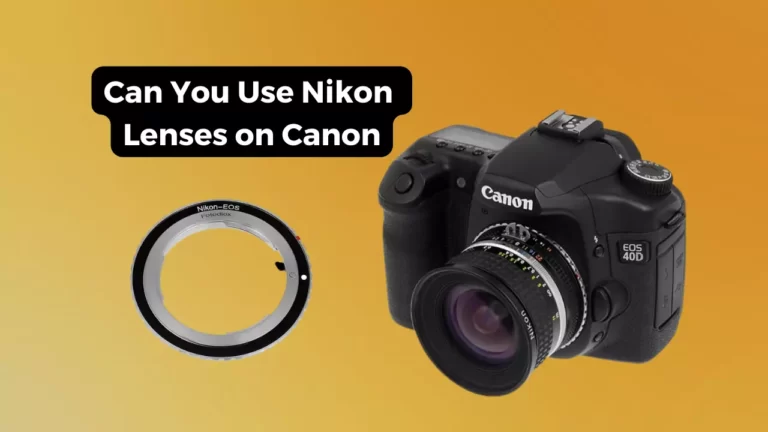Nikon FtZ vs FtZ II: Which One Is Best for You?
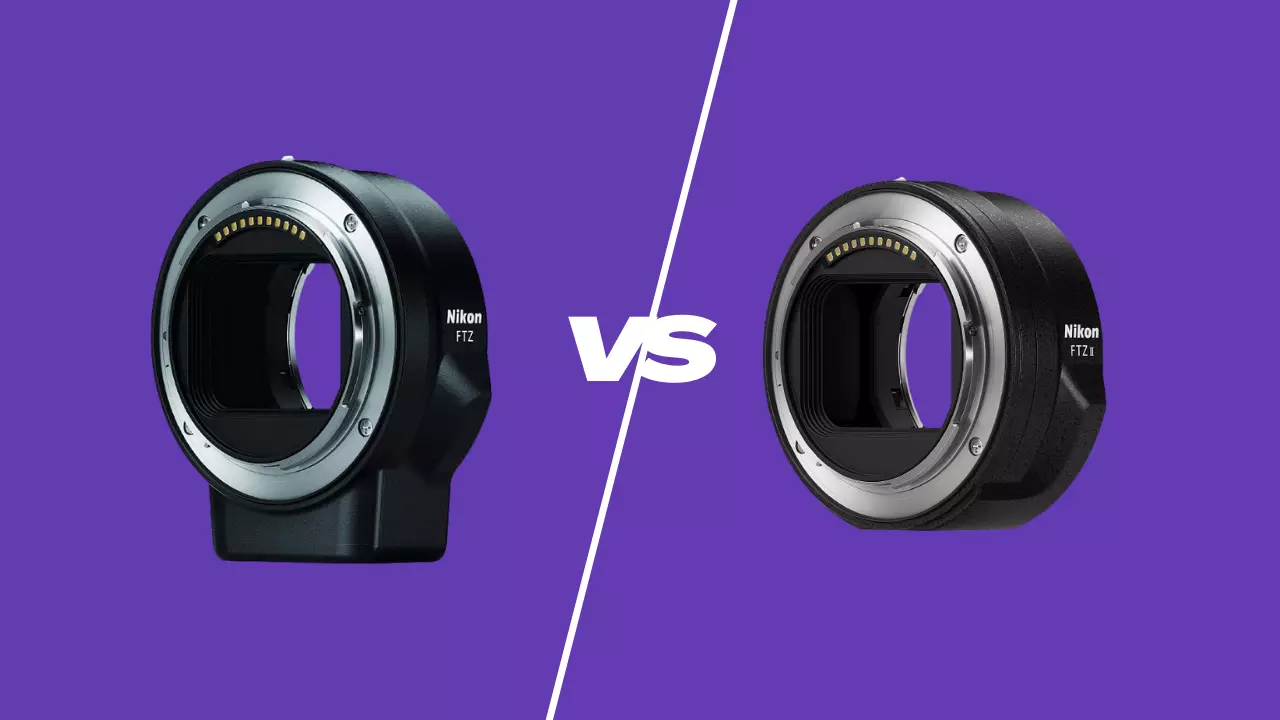
The FTZ mount adapter by Nikon was built for the Z series. They were designed to recreate the flange distance and mount diameter of a Nikon F-mount DSLR. Later down the line, Nikon manufactured the FTZ II adapter. So, what are the differences between the first and second versions of the adapter?
Visually, these adapters appear to be identical, save for the tripod hump present on the original FTZ. This explains why the FTZ II is a bit lighter and smaller compared to its counterpart. A noticeable tradeoff with the FTZ II, however, is that it is motor-less and hence, it cannot support autofocus of the older AF-D lenses. It is only limited to AF-S and AF-P lenses.
This article delves deep into the same to give you a comprehensive comparative review of the two adapters by Nikon.
Nikon FtZ vs FtZ II
With the newer Ftz II, it loses the typical FtZ tripod mount. This explains why it appears smaller around the waist and is lighter. Moreover, since the FtZ II lacks the hump, it is consistently shaped to be suited for landscape and portrait shooting orientations.
Visually, these two adapters are almost identical. It is only the tripod hump on the original FtZ that sets them apart. Moreover, the two are in the same price range.
Comparison Table
| Nikon FtZ | Nikon FtZ II | |
| Weight | 140g | 125g |
| Width | Approx. 70mm | Approx. 70mm |
| Height | Approx. 80mm | Approx. 70mm |
| Price | Check Price | Check Price |
Nikon FtZ Overview
The FTZ adapter by Nikon made it possible to mount the traditional F-mount DSLR lenses to a Z-series mirrorless camera. It was carefully designed to act as the Nikon F-mount DSLR’s flange distance as well as mount diameter.
This way, you can be assured that the autofocusing feature of any compatible F-mount lens will work optimally. It weighs approximately 140g with a tripod foot. There is usually no glass inside the adapter hence you need not worry about loss of image quality.
The connection between the lens and camera mount is made such that it is precisely parallel to guarantee sharpness outside the center of the image.
Pros
- It comes with an inbuilt autofocus motor.
- The autofocusing feature is compatible with all F-mount lenses.
Cons
- It is relatively heavier
Nikon FtZ II Overview
The Nikon FTZ II follows in the footsteps of the original FtZ adapter. It is designed to pair the F-mount glass with the Z-mount cameras like Z5, Z6, and Z7. This adapter makes a really good fit if you are transitioning from Nikon DSLRs to Nikon mirrorless and you are hoping to still make use of your glass.
The FTZ II adapter does not come with a tripod foot and is hence easier to use with the Z9 and with a larger grip. It comes in handy if you wish to utilize exotic glass such as F-mount telephoto lenses to appear on the Z-mount.
There is, however, one major downside with the FTZ II adapter. It may run the newer Nikon F-mount lenses like the AF-S, AF-P, and AF, but it lacks an inbuilt autofocus motor that is required to drive the older AF-D glass. In retrospect, many of the classic and affordable AF lenses are rendered manual-focus only.
Pros
- It lacks the tripod foot and hence easier to use with the Z9
- It has a larger grip
- It is relatively smaller and lighter
Cons
- It lacks the inbuilt autofocus motor that is required to drive the older AF-D lenses
Features Compared
Size and weight
The FTZ II adapter is lighter in weight and slightly smaller than the original FTZ. The slightly more weight in the original Ftz is contributed by the tripod hump.
Appearance
These two adapters appear to be almost identical with each other. However, there is a slight variation. The original FTZ features a hump that facilitates its mounting onto a tripod foot. The FTZ II has no tripod foot and has a larger grip.
Price
Both the FTZ and the FTZ II are in the same price range. You only get to decide if you want to go for a tripod mount or not.
Our Verdict
Arguably, the Nikon FTZ II happened to be the best news to come from Nikon. Compared to the original version, the FTZ II saves on weight and size. It is a slimmer version of the FTZ adapter, so unless you prefer FTZ’s tripod mount, the FTZ II is your best option.
Unfortunately, the FTZ II is motorless, which means that it lacks the screw drive that is required to autofocus the older AF-D lenses. But if you are only dealing with the newer AF-S and AF-P lenses, you are good to go.
FAQs
Should I buy an FtZ II adapter?
Yes, purchasing the FtZ II adapter is advisable over the original FtZ so you can save on size and weight. Moreover, many people prefer how the new collarless adapter rolls between portrait and landscape orientations. The type of FTZ adapter to buy will depend on your lenses. The Z lenses have proven to be superior to their older F-mount equivalents hence it may be more worthwhile to direct your funds to a new lens instead. However, if you are still fond of your existing lenses, you can go ahead and get the FTZ II adapter.
Does the FTZ adapter increase focal length?
No, there are no changes to the focal lengths, aperture values, or lens performance when you use the FTZ adapter to mount on a DSLR.
Do lens mount adapters affect image quality?
Most lens mount adapters do not feature glass and generally do not affect the optical performance of a lens. So, unless the adapter is faulty or just poorly made, it has no effect on the image quality. Speed boosters, however, add image glass that can affect the image quality.
Conclusion
The FTZ adapters have made it possible for photographers to make use of F-mount lenses on Z-mount cameras. The FTZ II is the smaller and lighter version of the original Ftz adapter. That is the main dissimilarity.
With the FTZ II, however, you may not be able to use the AF-D lenses. This article helps you differentiate between the two so you can decide which one best suits your needs.
You Can Also Read:
- Nikon 200 500 vs Sigma 150 600
- Tamron 150 600 vs Nikon 200 500
- Can you use Nikon Lenses on Sony
- Can You use Nikon Lenses on Canon
- Can You Use 35MM Film in a 38MM Camera
- Canon R5 Mark ii (Release Date, Price & Specs) - December 20, 2023
- Sony 100 400 vs 200 600: Which Telephoto Lens is Right? - December 15, 2023
- Sony A1 II Camera (Release Date, Price & Specs) - November 30, 2023

